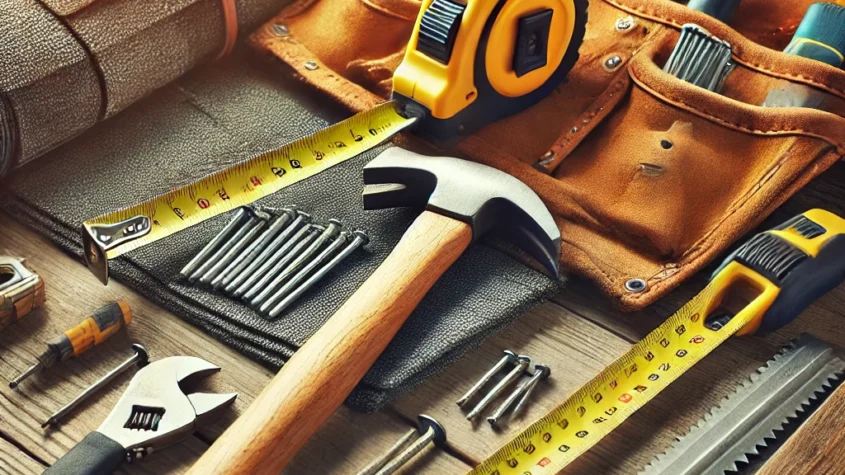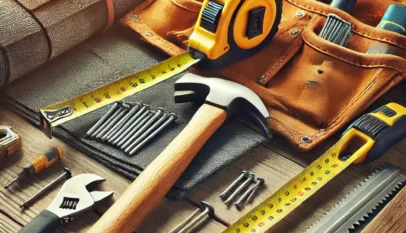
Blacksmithing has a rich history, and at the heart of this ancient craft lies a crucial tool: the blacksmith hammer. A blacksmith hammer is designed specifically for shaping and forging metal, characterized by its weight and balance that allow for precise strikes. Whether one is a seasoned blacksmith or a curious beginner, understanding the different types of hammers and their uses can significantly enhance one’s skills.
The hammer’s design varies based on its intended function, from the heavy sledgehammer used for larger projects to the lighter cross-peen hammer for finer work. Each type offers unique benefits that contribute to the efficiency and quality of the metalworking process. Exploring these distinctions not only educates aspiring blacksmiths but also deepens appreciation for the craftsmanship involved.
In addition to functionality, the choice of materials and craftsmanship in hammer construction can impact performance. Investing in a quality blacksmith hammer is essential for anyone serious about pursuing this art form. By recognizing the importance of this tool, individuals can improve their techniques and outcomes in forging metal.
History of Blacksmith Hammers
Blacksmith hammers have evolved significantly over centuries, reflecting advancements in technology and craftsmanship. Their design and utility have been influenced by various cultures, each contributing unique characteristics to the tools used in metalworking.
Evolution and Design
The earliest blacksmith hammers date back to ancient civilizations, primarily made from stone or wood. As metallurgy advanced, hammers evolved into forged iron and steel tools.
During the Middle Ages, hammers gained distinct forms such as the cross-peen and ball-peen, allowing for more precise metal shaping.
Different types of hammers were developed to suit specific tasks, including bright hammers for fine work and heavier forging hammers for larger projects.
This evolution showcases how craftsmanship and material science intertwined to enhance the blacksmith’s capabilities.
Cultural Significance
In many cultures, blacksmiths held a vital role, not just as artisans but as community figures. Their ability to create tools and weapons positioned them as essential contributors to societal development.
In European traditions, the blacksmith was often associated with folklore, embodying strength and resilience.
In Africa and Asia, blacksmiths practiced their craft as a rite of passage, symbolizing the transfer of knowledge across generations.
These cultural narratives highlight the deep-rooted respect for the blacksmithing profession and the hammer that is central to it.
Types and Uses of Blacksmith Hammers
Blacksmith hammers come in various types, each designed for specific tasks. The right hammer can significantly impact the quality of the work. Here are the main types and their uses.
Cross Peen Hammer
The cross peen hammer features a flat face on one end and a wedge-shaped peen on the other. This design allows for versatility in shaping and forming metal.
- Uses:
- Ideal for drawing out metal and increasing its length.
- The peen can create grooves or indentations, useful for decorative work.
Crafted from durable steel, this hammer typically weighs between 1 to 3 pounds. Blacksmiths often prefer it for precision tasks.
Straight Peen Hammer
The straight peen hammer has a flat face and a peen that runs parallel to the handle. This makes it effective for specific shaping tasks.
- Uses:
- Well-suited for bending and forming metal around curves.
- Allows for easy manipulation of metal sheets and rods during forging.
Available in various weights, the straight peen hammer is commonly used in general blacksmithing tasks. Its design promotes control and accuracy.
Sledgehammer
The sledgehammer is a heavy tool with a broad, flat face, typically weighing from 2 to 10 pounds. Its mass makes it ideal for driving larger tools.
- Uses:
- Primarily used for driving chisels or punches into metal.
- Effective for breaking down large pieces of metal or stone.
Blacksmiths employ the sledgehammer for heavy-duty tasks requiring significant force. It is often used in conjunction with other tools for effective metalworking.
Specialty Hammers
Specialty hammers encompass a range of tools designed for unique tasks. These include ball peen hammers, claw hammers, and others.
- Uses:
- Ball peen hammers are used for shaping metal and striking cold chisels.
- Claw hammers are useful for removing nails or leveraging materials.
These hammers often serve specific blacksmithing needs. Each type is crafted to enhance control and efficiency in particular applications.
Copper Mining Stock: Insights and Trends for Investors
Investors are increasingly looking towards copper mining stocks as a strategic opportunity…










